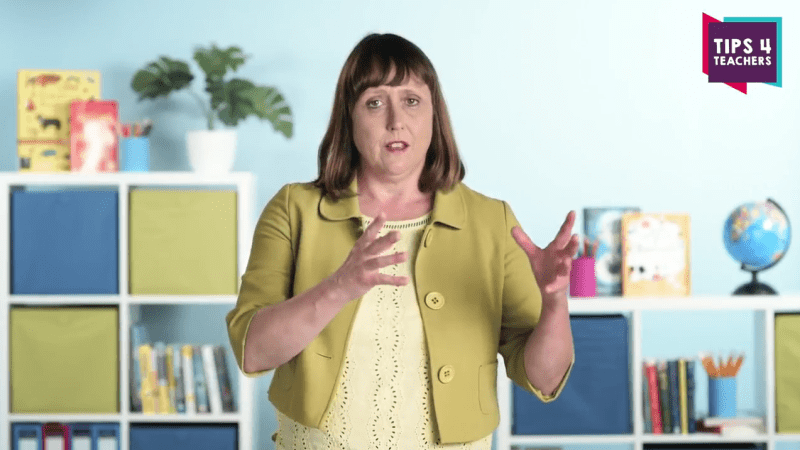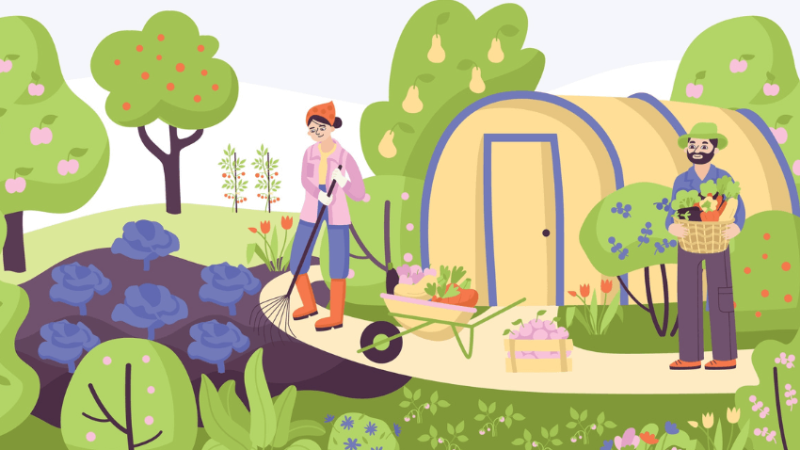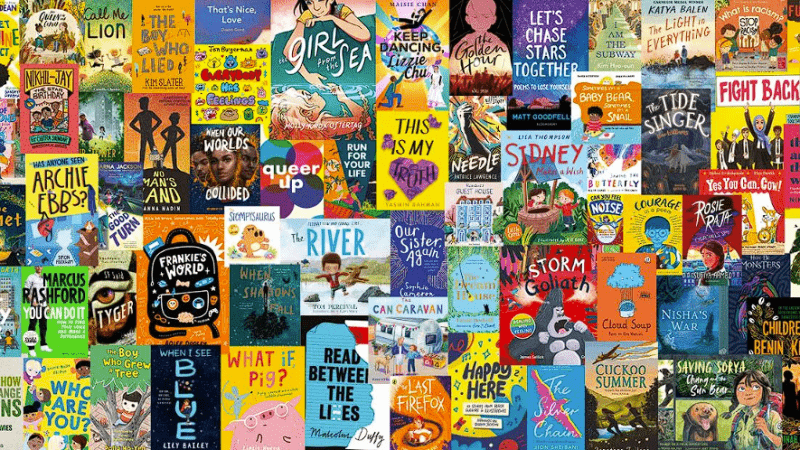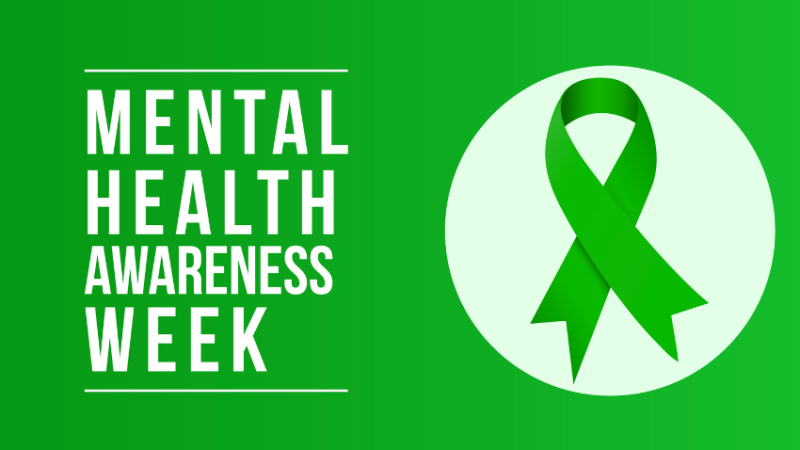Children’s emotional safety and mental health in the classroom is just as important as physical safety
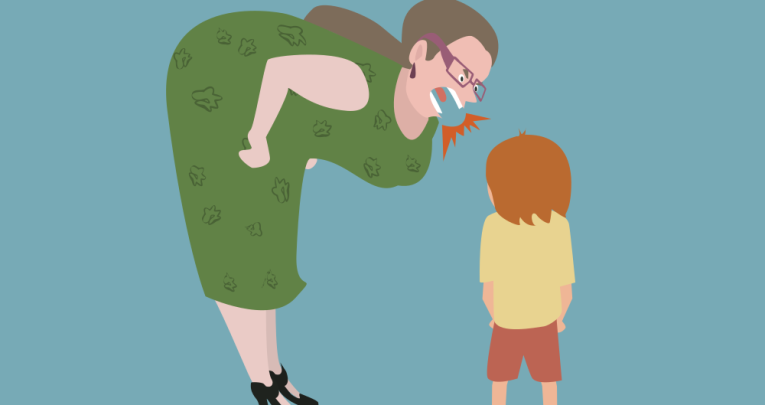
Creating and cultivating a community orientated classroom environment is one of the first steps towards successful learning
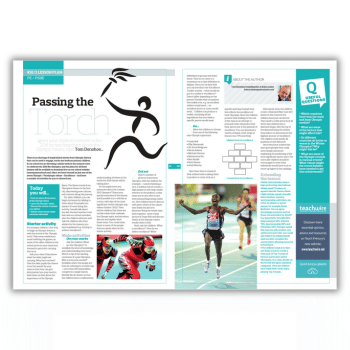
Whenever I have attended training sessions on creating a safe environment in the classroom, the focus has always been on physical safety. As important as this is, emotional safety is something that I consider first and foremost when I begin with a new class in September.
Many students we teach are dealing with a storm we know nothing about. Even those that come from supportive and caring backgrounds can be dealing with anxiety or mental health issues. Creating and cultivating a community orientated classroom environment is one of the first steps towards successful learning.
In doing this, we also instil confidence within our students – not just in themselves, but it allows them to feel confident in us as teachers to provide for them and guide them.
1 | Body language
We’ve all heard the ‘don’t smile before Christmas’ line, which is misleading in its attempt to convey concisely the importance of firm and strict rules. A smile is incredibly powerful – what would we think of a new colleague or potential friend who didn’t smile upon introduction?
I appreciate we are not the colleagues or friends of our students, but there is no danger in smiling and greeting our students with open and welcoming body language.
I avoid sitting at my desk at the beginning of a lesson and ensure I am standing ready to chat and welcome them into class. It sets a positive tone for the lesson. It also makes it easy to address potential issues – perhaps a student has had a bad morning or has forgotten their book. Sitting at the desk finishing an email or double checking the PowerPoint immediately gives room for problems to arise that otherwise would not.
2 | Language and tone of voice
As a teenager, I was always terrified of the teachers who shouted or became obviously angry. I did not learn from these teachers. Because I didn’t feel safe in their classrooms, I was not able to focus my mind on what they wanted me to learn.
Tone of voice and word choice can be immensely powerful without the need for a raised voice. Firm and direct words are more likely to be absorbed than if they are expressed in a flurry of shouting and noise. It also sets a clear example of calm and control in the face of a struggle and again reinforces the fact that students are emotionally safe in your classroom.
That’s not to say that they should not have to reflect or think about any poor behaviour, but that they can do this without the stress and anxiety which may be an addition to a difficult situation if they are shouted at in front of their peers.
3 | Relationships with other teachers
It is inevitable that colleagues will pop into your lessons and that you may need to pop into theirs. It’s lovely to see this (where possible) as an opportunity to show the strong and positive relationships you have with your team.
My colleagues often send students to me during lessons, with work that they are really impressed with. Asking colleagues questions in front of your students is also very influential and demonstrates how you are learning too and are happy to be open about not knowing absolutely everything!
4 | Routine
As a creature of habit, routine makes me feel safe and always has done. However, I need change in order to feel happy. This is certainly something I try to reflect within the classroom.
Routine can be anything from getting books ready and writing the title or reading quietly for ten minutes. Having a basic routine means students know what to expect in terms of their behaviour and their learning; it also allows you as a teacher to create and develop exciting and varied teaching within that routine, because there is a foundation of security.
In September, I will literally explain the routine and my expectations to the students. I then guide them through this in the following weeks until it’s reasonable for me to expect them to know it by heart.
5 | Rewards
As part of the classroom routine, I give each class a star chart, which they absolutely love. This is something that my previous school introduced and I have taken into my current school.
Each time a student works exceptionally well or goes above and beyond, they can put a star on the chart. At certain points, they are awarded merits, postcards home, certificates and badges. This provides motivation in addition to marking and verbal praise.
Feeling cared for and rewarded even for small things like being helpful is a lovely feeling and I’ve seen star charts completely transform the attitude of certain students to the entire lesson.
Eleanor Mears is a head of English, lead practitioner and MSc student in Learning and Teaching. You can find her at myenglisheffects.com and follow her on Twitter at @EnglishEffects.






